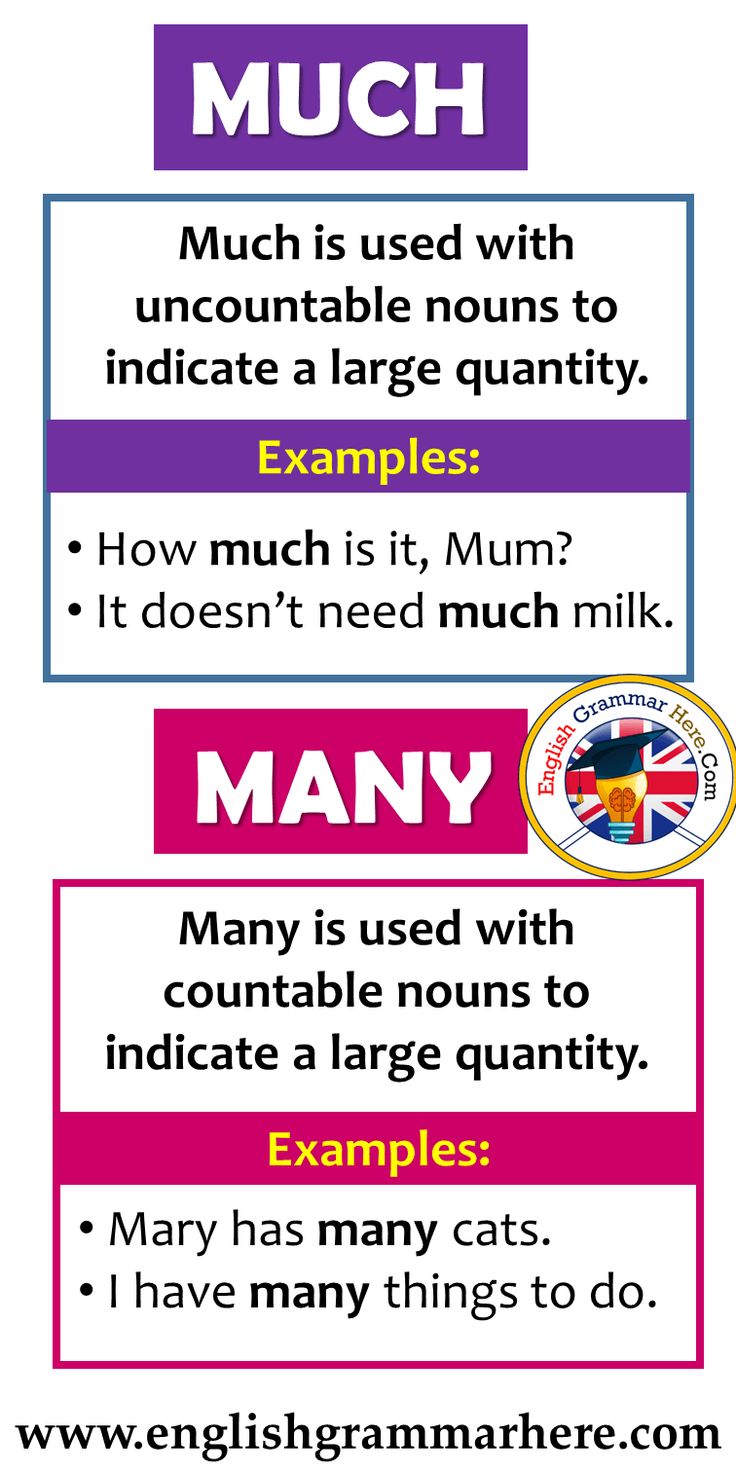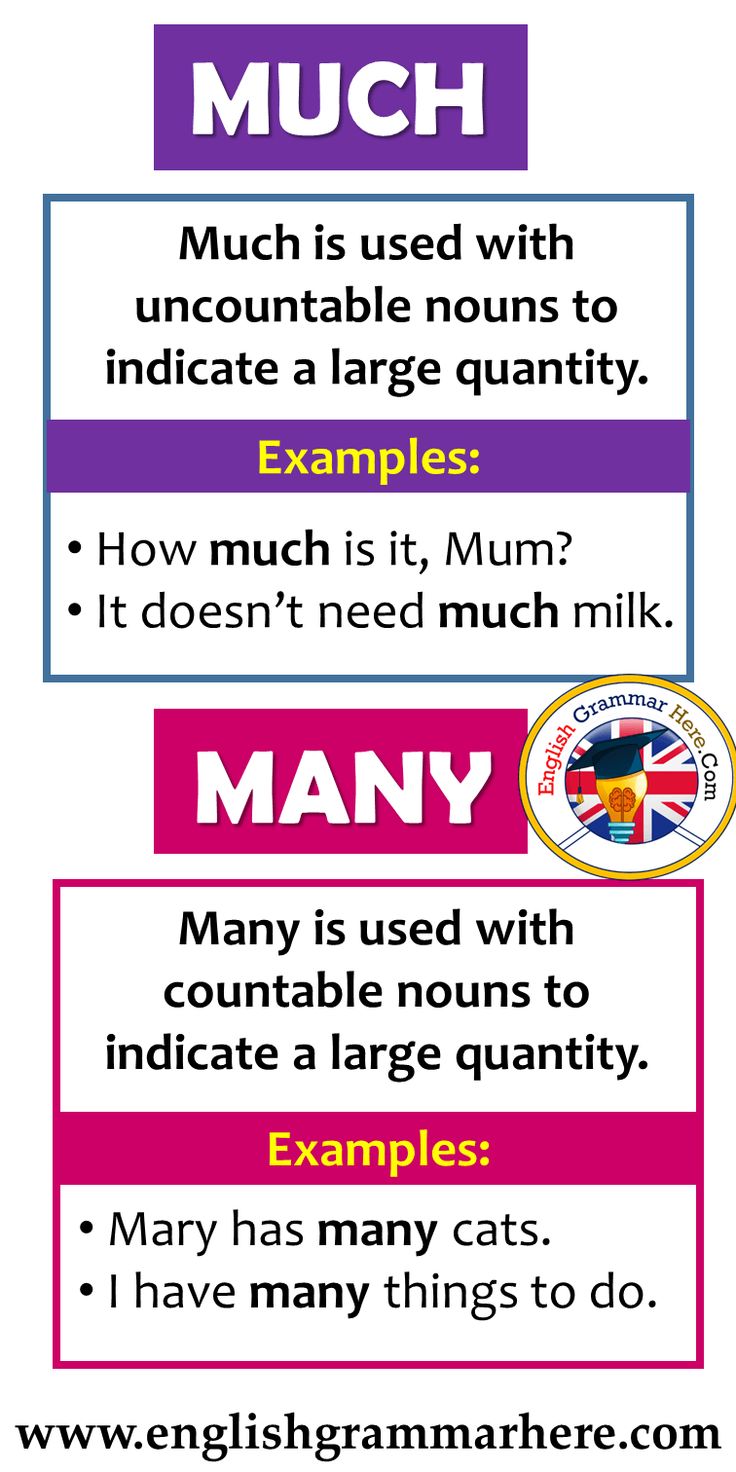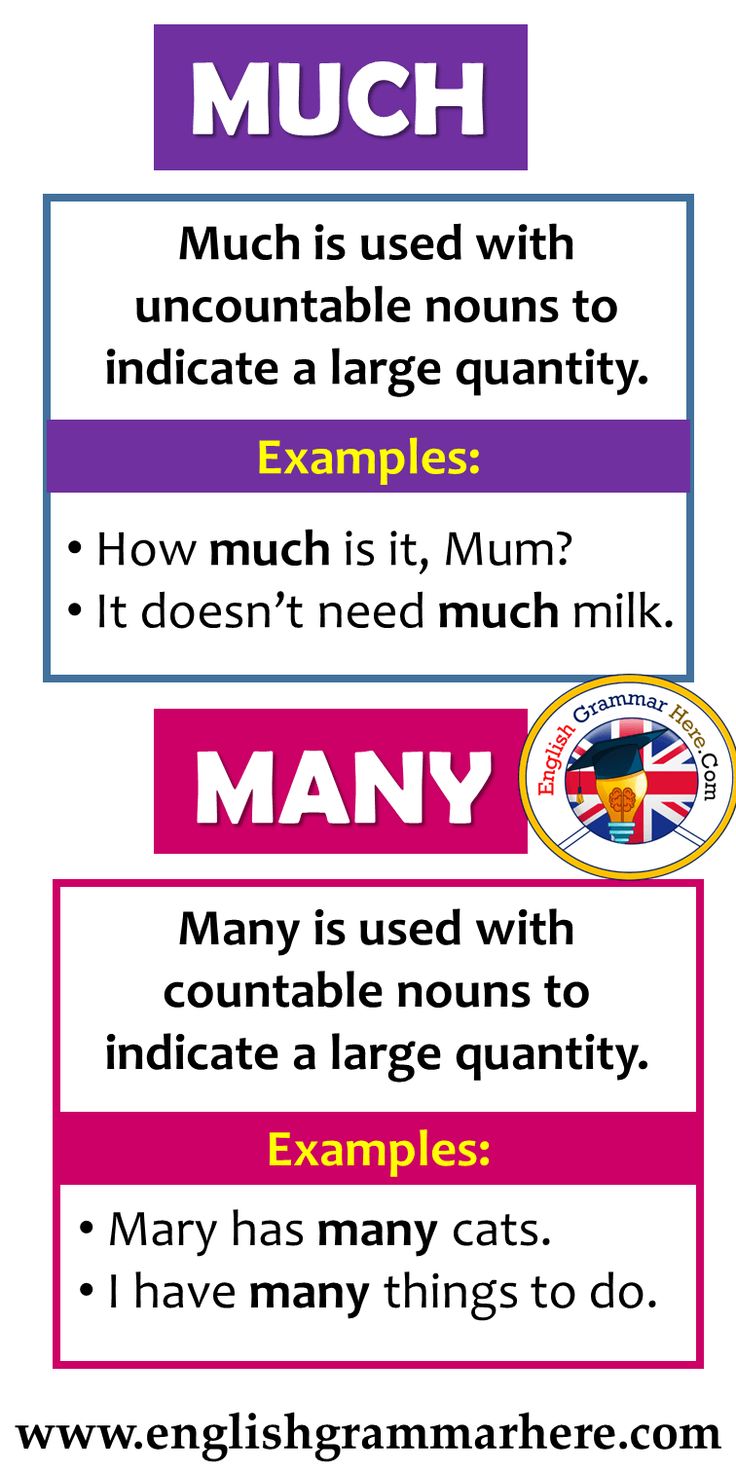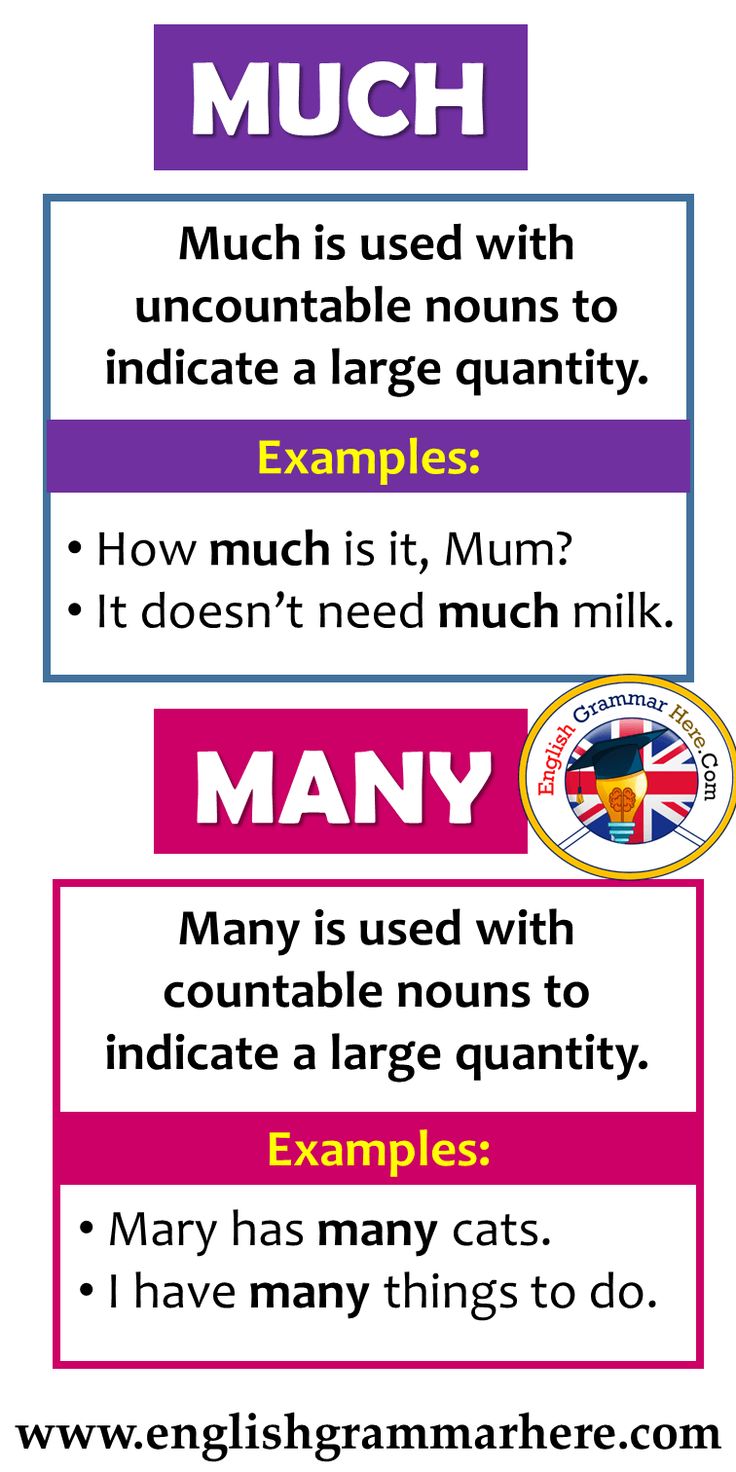How Much Is My Jeep Wrangler Worth? Unlocking Your Iconic Vehicle’s True Value
How Much Is My Jeep Wrangler Worth? Unlocking Your Iconic Vehicle’s True Value jeeps.truckstrend.com
The Jeep Wrangler isn’t just a vehicle; it’s a lifestyle, a statement of adventure, and an icon of American automotive heritage. From its rugged off-road capability to its distinctive open-air design, the Wrangler holds a special place in the hearts of enthusiasts and the automotive market alike. Whether you’re considering selling, trading up, or simply curious about your asset’s value for insurance or financial planning, understanding "How Much Is My Jeep Wrangler Worth?" is a crucial question. Unlike many vehicles that depreciate rapidly, Wranglers are renowned for their impressive value retention. However, numerous factors play into its specific worth. This comprehensive guide will dissect these elements, offering practical advice and actionable insights to help you accurately determine your Jeep Wrangler’s true market value.
How Much Is My Jeep Wrangler Worth? Unlocking Your Iconic Vehicle’s True Value
The Enduring Appeal and Value Retention of the Jeep Wrangler
Before diving into the specifics of valuation, it’s essential to understand why Jeep Wranglers typically hold their value so well. Several unique characteristics contribute to their remarkable resilience against depreciation:
- Iconic Status and Brand Loyalty: The Wrangler boasts a legendary reputation and a fiercely loyal community. Its design is instantly recognizable, transcending mere transportation to become a cultural symbol. This strong brand identity fosters high demand.
- Unmatched Off-Road Capability: For those seeking adventure, the Wrangler is often the first and only choice. Its legendary 4×4 system, solid axles, and robust construction make it a go-anywhere machine, appealing to a niche but dedicated market.
- Customization Heaven: Wranglers are perhaps the most customizable vehicles on the road. The aftermarket is flooded with parts and accessories, allowing owners to personalize their Jeeps for specific needs or aesthetics. This adds to their appeal and versatility.
- Simple, Durable Mechanics (Historically): While modern Wranglers are more complex, older generations were known for their relatively simple and robust mechanicals, making them easier to maintain and repair, contributing to longevity and appeal.
- Strong Resale Market: The factors above converge to create a robust secondary market. People actively seek out used Wranglers, often willing to pay a premium for a well-maintained or uniquely customized example. This consistent demand props up resale values.

These attributes mean that your Jeep Wrangler is likely a more stable asset than many other vehicles, but its exact worth will depend on a detailed assessment of its individual characteristics.
Key Factors Influencing Your Wrangler’s Value
Determining your Jeep Wrangler’s worth is not a one-size-fits-all calculation. It’s a nuanced process influenced by a multitude of interconnected factors. Here are the most critical elements that will impact your Jeep’s market value:

1. Model Year and Generation
The age of your Wrangler is a primary determinant.
- Newer Generations (JL, JK): Generally command higher prices due to modern features, improved comfort, and contemporary safety standards. The JL (2018-present) and JK (2007-2018) generations are the most common on the used market.
- Older Generations (TJ, YJ, CJ): While older models typically depreciate more, well-preserved or restored examples of classic CJs, YJs (1987-1995), or TJs (1997-2006) can command premium prices, especially if they are sought-after trims or in exceptional condition, entering the realm of collector vehicles.

2. Trim Level and Factory Options
The original trim level significantly impacts value. A Rubicon, designed for extreme off-roading with features like locking differentials and sway bar disconnects, will inherently be worth more than a base Sport model from the same year. Sahara models offer more creature comforts and a premium feel. Factory options such as hardtops, premium audio systems, advanced safety packages, and specific engine choices (e.g., EcoDiesel, 4xe hybrid) also add considerable value.
3. Mileage
Lower mileage generally equates to higher value, as it suggests less wear and tear. The average annual mileage is around 12,000-15,000 miles. A Wrangler with significantly less mileage than its peers will typically fetch a higher price. Conversely, very high mileage will depress the value, even if the vehicle is well-maintained.
4. Condition (Interior, Exterior, Mechanical, Undercarriage)
This is perhaps the most subjective yet critical factor. An honest assessment of your Jeep’s condition is paramount.
- Exterior: Look for dents, scratches, paint chips, rust (especially around hinges, frame, and body mounts), and tire wear. A clean, rust-free body is a major plus.
- Interior: Assess upholstery wear, dashboard condition, electronic functionality, and cleanliness. Rips, stains, or non-functioning components will lower value.
- Mechanical: Does it run smoothly? Are there any warning lights? Has it had recent major repairs? A well-documented maintenance history indicating regular servicing is highly beneficial.
- Undercarriage: For Wranglers, frame rust and off-road damage to components like skid plates, differentials, or suspension are major red flags. This area is often overlooked but critical for determining structural integrity and off-road capability.
5. Maintenance History and Records
A complete, verifiable service history adds significant credibility and value. It demonstrates that the vehicle has been cared for, reducing concerns about hidden mechanical issues. Keep receipts for oil changes, tire rotations, and any major repairs.
6. Aftermarket Modifications and Accessories
This is a double-edged sword for Wranglers.
- Value-Adding Mods: Quality lift kits (professionally installed), winches, heavy-duty bumpers, LED lighting, or high-end wheels and tires can increase appeal to the right buyer.
- Value-Detracting Mods: Poorly installed modifications, extreme lifts that compromise road manners, or highly specialized off-road setups may narrow your buyer pool and potentially decrease value to the average buyer. Many buyers prefer a stock vehicle or one with tasteful, reversible modifications.
- The "Stock Parts" Advantage: If you have the original stock parts for any modifications, offering them with the sale can be a significant bonus.
7. Drivetrain and Engine Type
The specific configuration matters.
- 2-Door vs. 4-Door (Unlimited): The 4-door Unlimited models are generally more popular and command higher prices due to their practicality and increased interior space.
- Engine: The standard Pentastar V6 is reliable. The 2.0L turbocharged 4-cylinder offers different performance. The rare EcoDiesel or the newer 4xe plug-in hybrid can command a premium due to fuel efficiency or advanced technology.
- Transmission: Manual transmissions have a dedicated following but automatic transmissions are generally more desirable to the broader market and can command higher prices.
8. Location
Vehicle values can fluctuate based on regional demand and climate. Wranglers in rust-prone areas might be valued lower than identical models in dry climates. Proximity to popular off-roading trails can also influence local demand.
9. Accident History
A clean vehicle history report (Carfax, AutoCheck) is crucial. Any reported accidents, salvage titles, or flood damage will significantly reduce your Wrangler’s value, regardless of its current condition. Transparency here is key.
How to Accurately Determine Your Wrangler’s Worth (Practical Guide)
Now that you understand the influencing factors, here’s a step-by-step guide to accurately assess your Wrangler’s value:
Step 1: Gather Your Vehicle’s Information
Collect all relevant details:
- VIN (Vehicle Identification Number): Essential for history reports.
- Exact Model and Trim: e.g., 2015 Jeep Wrangler JK Unlimited Rubicon.
- Current Mileage.
- List of all Factory Options and Packages: (e.g., hardtop, navigation, specific axle ratios).
- Detailed Maintenance Records: Have them organized and ready.
- List of Aftermarket Modifications: Be specific about brands and installation quality.
Step 2: Assess Its Condition Honestly
Walk around your Jeep with a critical eye, as if you were a potential buyer. Be objective.
- Exterior: Note every dent, scratch, and area of rust. Check tire tread depth.
- Interior: Look for rips, stains, and functionality of all electronics (windows, AC, radio).
- Mechanical: Are there any dashboard warning lights? Does it start easily? Are there any strange noises?
- Undercarriage: Get under the Jeep if possible (safely!) and inspect the frame, suspension components, and exhaust for rust, leaks, or damage.
- Take Photos: Capture clear, well-lit photos of every angle, including the interior, engine bay, and any imperfections. This will be invaluable for online listings.
Step 3: Research Online Valuation Tools
These tools provide a good starting point, but remember they offer estimates based on averages.
- Kelley Blue Book (KBB.com): Provides "Private Party Value" (what you’d sell it for to an individual), "Trade-in Value" (what a dealership might offer), and "Retail Value" (what a dealer would sell it for). Be honest about the condition when inputting details.
- Edmunds (Edmunds.com): Offers "True Market Value (TMV)" based on recent sales in your area.
- NADA Guides (NADAguides.com): Often used by dealerships for loan valuations.
Understand the difference: Private Party value is almost always higher than Trade-in value, reflecting the dealer’s need for profit margin and reconditioning costs.
Step 4: Browse Comparable Listings
This is arguably the most important step for real-world pricing.
- Visit major online marketplaces: AutoTrader, Cars.com, eBay Motors, Facebook Marketplace, CarGurus, local Craigslist.
- Filter your search: Use your exact model year, trim, and within a reasonable mileage range (e.g., +/- 10,000 miles) and geographical area.
- Analyze Listings: Pay close attention to Jeeps with similar conditions and modifications. Compare prices and see how quickly they sell. Note what makes some sell for more or less. This will give you a realistic sense of current market demand and pricing.
Step 5: Consider Professional Appraisal (Optional but Recommended)
For highly modified Wranglers, classic models, or those with unique features, a professional appraisal can provide an unbiased, certified valuation. This can be particularly useful for insurance purposes or if you’re struggling to price a unique build.
Maximizing Your Wrangler’s Resale Value
Once you have a good estimate of your Wrangler’s worth, take steps to ensure you get the best possible price.
Before Listing:
- Thorough Cleaning and Detailing: A clean Jeep, inside and out, makes a powerful first impression. Consider professional detailing. Don’t forget the engine bay and undercarriage.
- Address Minor Repairs: Fix small dents, scratches, burnt-out light bulbs, or minor electrical issues. These small fixes can significantly increase perceived value and eliminate buyer objections.
- Organize Documentation: Have all maintenance records, original owner’s manuals, and modification receipts neatly organized and ready to present.
- Remove Personal Items: Clear out all personal belongings from the interior and storage compartments.
- Consider Reverting Extreme Mods: If your modifications are very niche or could deter a broader audience, consider reverting them to stock or offering the stock parts as part of the deal.
During Listing:
- High-Quality Photos: Take numerous clear, well-lit photos from various angles. Include interior shots, the engine bay, and close-ups of any unique features or modifications. Highlight its best attributes.
- Detailed and Honest Description: Write a comprehensive description. Include all key features, modifications, and your maintenance history. Be transparent about any flaws; it builds trust.
- Highlight Unique Selling Points: Emphasize any desirable factory options (e.g., Dana 44 axles, specific packages) or quality aftermarket upgrades.
- Price Competitively: Based on your research, set a price that is competitive but also allows for some negotiation.
Selling Strategy:
- Private Sale: Typically yields the highest price but requires more effort (listing, showing, negotiating, paperwork).
- Trade-in: The easiest option, but you’ll get less money as the dealer needs to make a profit.
- Consignment: Some dealerships or specialized brokers will sell your vehicle for you for a fee or percentage.
Potential Challenges & Solutions
While Wranglers hold value well, certain issues can impact their worth:
- Rust: A major concern, especially for older models or those in rust-prone climates. Frame rust is particularly detrimental.
- Solution: Be transparent. Document any rust and disclose it. For minor surface rust, consider remediation before selling. For significant frame rust, understand it will heavily depress value.
- Extreme Modifications: While cool to you, some modifications (e.g., massive lifts, custom paint jobs) can alienate a significant portion of potential buyers.
- Solution: Consider reverting to stock or selling the aftermarket parts separately. Market to a niche audience on enthusiast forums or social media groups.
- Salvage/Rebuilt Indicates significant prior damage. This will drastically reduce value.
- Solution: Full transparency is legally required. Provide all documentation of repairs.
- Over-Valuing Due to Emotional Attachment: It’s easy to overvalue your beloved Jeep.
- Solution: Stick to market data and objective assessments. Get feedback from neutral parties.
- Under-Valuing Due to Lack of Research: Missing out on potential profit.
- Solution: Thoroughly complete all steps in the "How to Determine Worth" section.
Example Value Range Table for Jeep Wranglers (Illustrative)
This table provides illustrative ranges based on common scenarios. Actual values are highly dynamic and depend on specific options, condition, mileage, location, and market demand. Always perform your own research using the steps outlined above.
| Model Year/Generation | Trim Level | Avg. Mileage (Range) | Condition | Estimated Value Range (USD – Example) | Key Value Drivers/Notes |
|---|---|---|---|---|---|
| 2018-Present (JL) | Sport S (2-Dr) | 30,000 – 60,000 | Good/Excellent | $25,000 – $35,000 | Entry-level JL. Value increases with hardtop, auto trans. |
| 2018-Present (JL) | Rubicon (4-Dr) | 20,000 – 50,000 | Excellent | $40,000 – $55,000 | High demand, premium off-road features. Higher for 4xe/Diesel. |
| 2007-2017 (JK) | Sahara (4-Dr) | 70,000 – 120,000 | Good | $18,000 – $28,000 | Popular balance of comfort/capability. Varies significantly with mods. |
| 2007-2017 (JK) | Rubicon (2-Dr) | 60,000 – 100,000 | Excellent | $22,000 – $32,000 | Strong demand for off-road capability. Rust is a major factor. |
| 1997-2006 (TJ) | Sport (2-Dr) | 100,000 – 150,000 | Good | $10,000 – $18,000 | Classic appeal, last of the solid front axles. Rust-free commands premium. |
| 1997-2006 (TJ) | Rubicon (2-Dr) | 80,000 – 130,000 | Excellent | $15,000 – $25,000+ | Highly sought after, especially for collectors. Condition and rust are paramount. |
| 1987-1995 (YJ) | Wrangler | 150,000+ | Fair/Good | $5,000 – $12,000+ | Square headlights, leaf springs. Value depends heavily on restoration/condition. |
| Pre-1987 (CJ) | CJ-7 | Varies | Restored/Good | $15,000 – $40,000+ | Collector status. Value depends entirely on originality, restoration quality. |
Disclaimer: This table provides general illustrative examples. The actual market value of your Jeep Wrangler can vary significantly based on specific options, local market demand, geographical location (e.g., rust belt vs. dry climate), specific condition, and the presence and quality of aftermarket modifications. Always conduct thorough research specific to your vehicle.
Frequently Asked Questions (FAQ)
Q: Do Jeep Wranglers hold their value well?
A: Yes, Jeep Wranglers are known for their exceptional value retention, often depreciating slower than many other vehicles due to their iconic status, strong demand, and off-road capability.
Q: Should I revert my modifications before selling my Wrangler?
A: It depends on the modification. High-quality, desirable modifications (like a reputable lift kit or winch) might add value to the right buyer. However, extreme or poorly installed modifications can deter buyers. For broader appeal, sometimes reverting to stock or offering stock parts with the sale is beneficial.
Q: How much does rust affect a Wrangler’s value?
A: Significantly. Rust, especially on the frame, is a major red flag for buyers and can drastically reduce your Wrangler’s value due to safety and structural integrity concerns. Even surface rust can be a deterrent.
Q: Is it better to sell my Wrangler privately or trade it in at a dealership?
A: Selling privately typically yields a higher price because you cut out the dealer’s profit margin and reconditioning costs. However, trading in is more convenient and can offer tax benefits in some states (where you only pay sales tax on the difference between the new car and trade-in value).
Q: What’s the difference between Kelley Blue Book’s "Private Party Value" and "Trade-in Value"?
A: "Private Party Value" is an estimate of what you might sell your vehicle for to another individual. "Trade-in Value" is an estimate of what a dealership would offer you when you trade your vehicle in towards a new purchase. Trade-in value is almost always lower.
Q: Will a salvaged or rebuilt title drastically reduce my Wrangler’s worth?
A: Yes, a salvaged or rebuilt title indicates the vehicle has sustained significant damage in the past. This will substantially reduce its market value, often by 20-50% or more, and can make it harder to sell or insure.
Concluding Summary
Understanding "How Much Is My Jeep Wrangler Worth" requires a blend of objective data analysis and an honest assessment of your vehicle’s unique attributes. While the Jeep Wrangler inherently boasts strong value retention, its precise worth is a complex calculation influenced by its generation, trim, mileage, condition, maintenance history, and aftermarket modifications. By meticulously gathering information, leveraging online valuation tools, thoroughly researching comparable listings, and preparing your Jeep for sale, you can accurately determine its market value and maximize your return. With a clear strategy and realistic expectations, you’ll be well-equipped to unlock your iconic Wrangler’s true financial potential.






